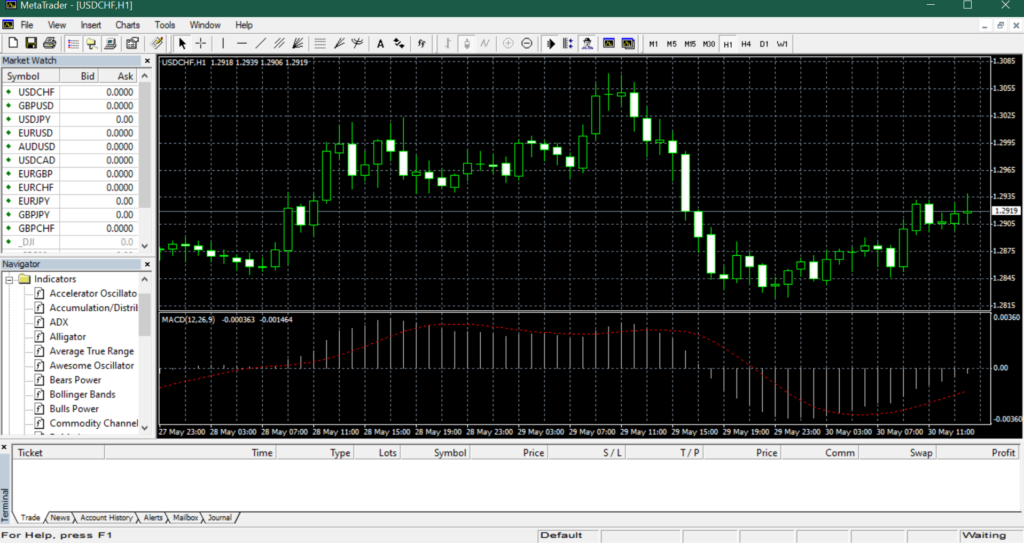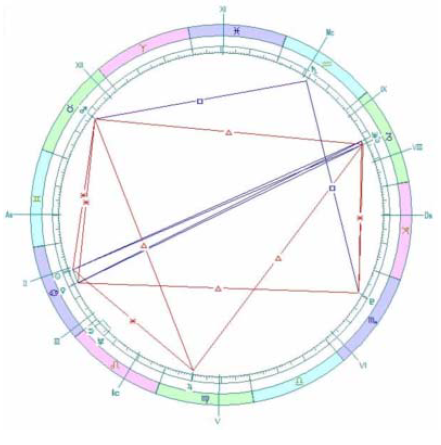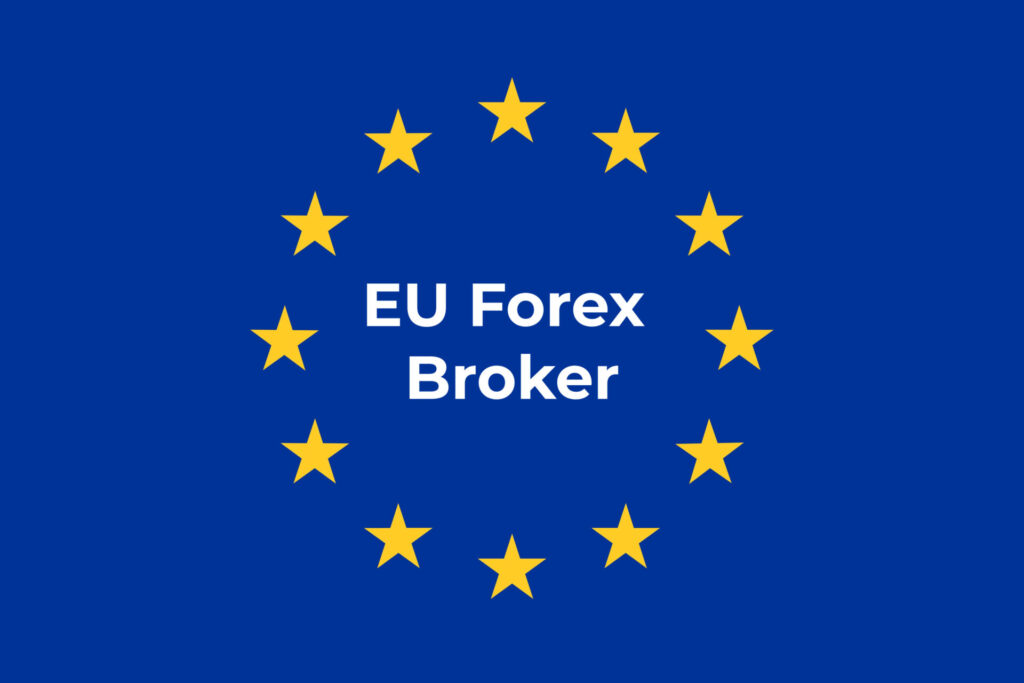
Throughout history, humanity has looked to the heavens for guidance. Ancient civilizations studied celestial bodies to create calendars and guide agricultural activities, believing these forces influenced earthly life. Interestingly, this fascination with the cosmos has even found its way into financial markets through financial astrology. In the early 2000s, investors and traders actively attempted to incorporate planetary movements into their decision-making process. This practice became known as astrological trading. However, we firmly believe markets are driven by tangible factors—economic conditions, policies, and investor behavior—not celestial movements. Some members of our team witnessed the rise and fall of the popularity of these methods in forex trading, which we will discuss in today’s article.
Introduction to Financial Astrology
This leads to a broader discussion on correlation and causation. Correlation describes how two or more variables relate, while cause-and-effect is a direct relationship where one event triggers another. These concepts are vital in predicting everything from the weather to the health impacts of lifestyle choices. For instance, numerous studies demonstrate that smoking is harmful to health, but when combined with excessive alcohol consumption and a poor diet, the risk of severe health issues multiplies.
But is there a correlation between moon cycles and financial markets? Could solar activity trigger a bear market? This is where financial astrology enters the discussion. If market participants could accurately identify such relationships, it would be akin to discovering the “holy grail” of investing, something long sought by traders and investors alike. The potential for massive profits is clear. However, financial markets are notoriously complex, influenced by many factors that make predictions exceedingly tricky. While some seek answers through scientific methods, others turn to less conventional paths, such as astrological trading.
History of Astrological Trading
In the early 1960s, Arch Crawford, an ambitious trader at Merrill Lynch, began exploring astrology’s potential for market predictions after reading an article in The Wall Street Journal. Initially skeptical, he delved into financial astrology by studying Donald Bradley’s method. It assigned numerical values to planetary positions to forecast market changes. Crawford tested this model against historical data and was impressed by its accuracy. He began integrating astrology with traditional technical analysis. He predicted significant market shifts, including the 1962 “flash crash,” earning him the nickname “Crash Crawford.”
In 1977, Crawford transitioned into a full-time astrological trading advisor, launching a subscription-based newsletter that attracted thousands of traders worldwide. His client list included major traders from prominent Wall Street firms, all eager to leverage his astrological insights. Crawford’s accuracy, particularly during key market crashes in 1987, 1994, 2002, and 2008, further solidified his reputation. His 2001 newsletter even warned of potential conflict and a market decline due to the position of Mars, just days before 9/11.
Financial astrology continued to grow in popularity globally, especially after the 2008 financial crisis. Back then, traders sought alternative methods to predict market movements. Despite skepticism, the enduring appeal of astrology in trading reflects the desire for accuracy and success in the unpredictable world of financial markets1.
Arrival of Astrological Trading to the Retail Forex Scene
In the early 2000s, the launch of the MetaTrader 3 platform revolutionized the retail forex market by making it accessible to millions of people. Brokers lowered deposit requirements, attracting new, inexperienced traders eager to earn more than basic bank interest. This surge in trading excitement gave rise to self-proclaimed “gurus” promoting various get-rich-quick methods, including financial astrology and its offshoot, trading astrology.

During this period, astrological forecasts for trading gained popularity, with some platforms like finlist.com (the website is no longer operational) offering predictions based on planetary movements. For instance, one astrological forecast from May 2003 highlighted favorable planetary alignments suggesting great potential for trading success. A novice trader following these insights made only four trades that month, doubling their deposit. Such outcomes captivated many inexperienced traders, making astrological trading appealing despite its questionable basis.

The chart indicated a favorable time for the trader to potentially make money. The 2nd astrological house (the part of the chart related to wealth and finances) had transiting Sun and Venus (planet responsible for money) present and aligned in a beneficial way. Additionally, Jupiter, associated with luck and abundance, was also in a good position to the Sun and Venus conjunction, further strengthening the positive outlook for financial gains. Here is his statement for May 2003.

Observing this trader’s trading style, we can see that they only made four trades within a month, and the deposit doubled. As evidenced by the time the positions were opened and closed, the trades were made exclusively in the evening, and the positions were closed when they hit T/P (Take Profit) or S/L (Stop Loss). Looking at T/P and S/L, it’s clear that the initial RR (reward to risk) ratio was 2:1. And there was no trading throughout the day whatsoever. Impressive results. Such a result can make an indelible impression on the fragile mind of a novice trader. Believe it or not, but that’s precisely how it was back then.
The same trend is often noticeable in novice traders’ trading statements. They tend to place about a hundred trades per month. Only on the spread, they would lose 100 x 5 = 500 pips! Isn’t this the reason for most deposit losses?
Alongside financial astrology, another unconventional method involved analyzing solar activity to predict market movements. The theory suggested that solar flares could trigger increased volatility and currency fluctuations a few days later. This led to traders flooding US observatory websites with requests for solar data, especially on Mondays.
While some studies have explored potential correlations between solar activity and market behavior, the connection remains inconclusive. Complex market forces and investor psychology are more likely to play a far more significant role than solar flares.
What Does Science Have to Say on the Subject of Financial Astrology?
Over the years, multiple studies have examined financial astrology’s predictive power, concluding that it lacks a reliable basis for market forecasting. For example, the study “Astrology, True or False?: A Scientific Evaluation” found no significant correlation between planetary positions and market movements.
Many sources, including Wikipedia, cite a paper supposedly published by Goldman Sachs. We searched far and wide. However, we haven’t found any evidence that Goldman Sachs published a formal paper in 1999 using financial astrology. While this claim has circulated in some discussions on financial astrology, large financial firms, including Goldman Sachs, typically base their analyses on rigorous economic and statistical models rather than astrological methods.
If any mention of such correlations existed within internal reports or discussions, it was likely anecdotal or exploratory rather than a serious endorsement. Financial astrology is widely dismissed by mainstream financial institutions and academia due to its lack of empirical support.
Numerous analyses, including those cited in academic studies, demonstrate that random data can produce results that appear to support patterns found by financial astrology. This phenomenon is often attributed to apophenia, a cognitive bias where people perceive connections and meaning in unrelated things.
For credible financial forecasting, major institutions rely on economic data, market fundamentals, technical analysis, and sometimes even behavioral finance theories. Astrology remains largely outside these established frameworks.
Some studies have also claimed to find weak correlations between astrological factors and market trends. However, these studies have often been criticized for methodological flaws or small sample sizes.
Bottom Line
The scientific consensus is that astrology has no predictive power regarding trading or investing. Financial markets are complex and influenced by numerous factors that astrology cannot account for. Focusing on fundamental and technical analysis (with caveats) is better than relying on astrological predictions if you’re looking for reliable ways to predict market trends.
The allure of finding a simple, external explanation for market movements is understandable, especially for novice traders. However, relying on sound analysis, risk management, and emotional control is essential rather than unproven methods, like astrology or solar activity predictions. Remember, successful trading requires a combination of skills, knowledge, and discipline, not just a favorable horoscope or a sunny day.
We admit that back in the day, we, too, were influenced by the trend of financial astrology’s impact on currency trading. Still, perhaps, in our case, the stars didn’t align or help us gain the “edge” that everyone is after. We had to rely on a scientific approach.
Resources:
1Financial astrology: can the stars affect stocks?



